Brand new cars are expensive items, meaning that for all but the most well-heeled amongst us, we usually have to break down their cost into smaller, more affordable chunks. Anyone who has ever had ‘payments’ on their motor car will know exactly what I mean. Pay your deposit, splash a few hundred out each month, and then, before you know it, you’re either all paid up or ready to swap for something else.
But there is perhaps another way. As well as breaking the finances down into smaller pieces, how about doing the exact same thing with the car itself? I am, of course, talking about the resurgence of the ‘self build’ car, or ‘kit cars’ as they are more commonly known.
We Brits have loved them since the war, and they’ve provided the jumping-off point for great brands like Lotus, Caterham, and Ultima along the way. The appeal to anyone who has ever built an Airfix or Tamiya kit is obvious; the chance to assemble a toy SO big that you can actually jump in and drive it afterwards… once you’ve checked that you’ve done everything up properly, of course. It also means you can spread the cost of the build to suit your timescale and finances. Start with the chassis this month, add suspension and brakes in a few weeks’ time, the engine the month after, until you open the garage door one morning and there’s a complete car sitting there.

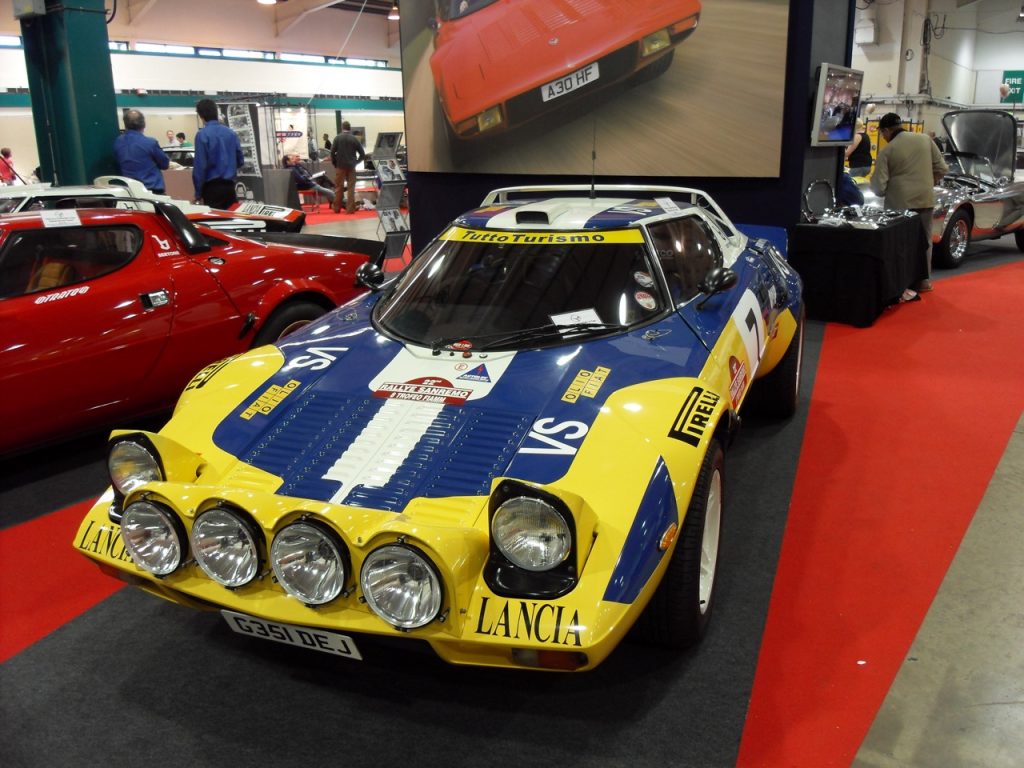
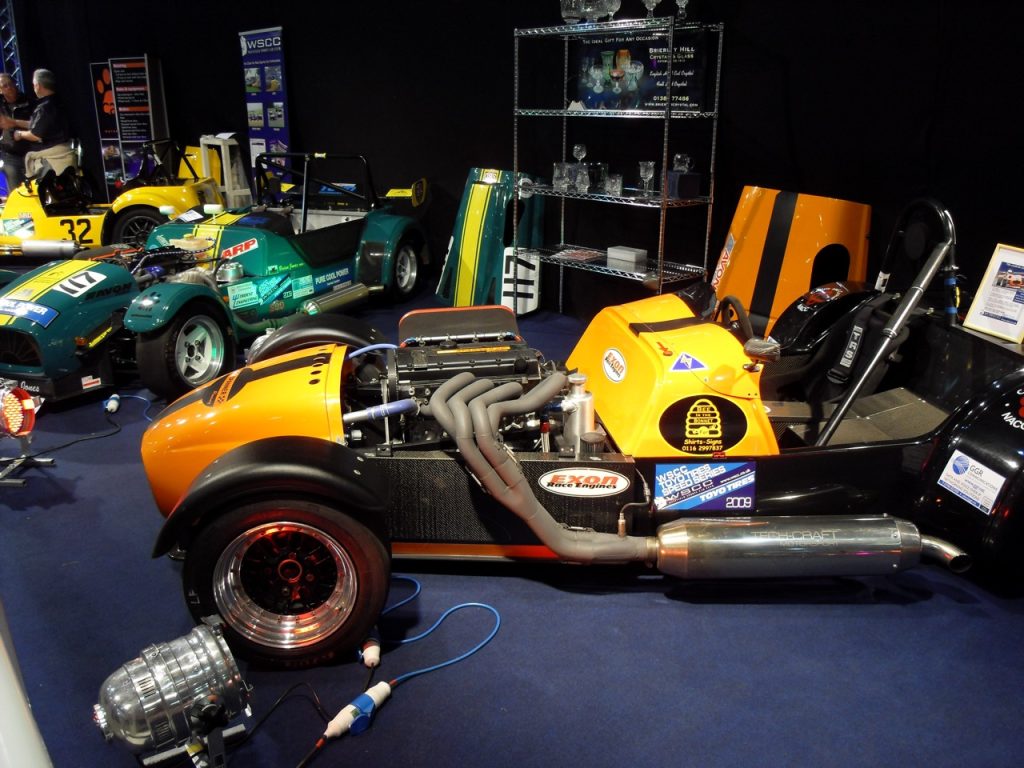
I visited the National Kit Car Show in the UK recently, and as the name suggests, there were manufacturers of every kind of car you might imagine. If your budget doesn’t stretch to the $2m required for a genuine Shelby Cobra, there are plenty of companies out there that will build you a highly convincing replica. Or how about the ’70s rally legend that is the Lancia Stratos? Or the many gazillions of Caterham Seven derivatives on offer? If you can wield a socket set and have an underlying desire to spend huge amounts of time drinking tea and swearing profusely in your workshop, the world of kit cars offers you a wealth of automotive confections at mere fractions of the cost the cars that they do a very passable impersonation of.
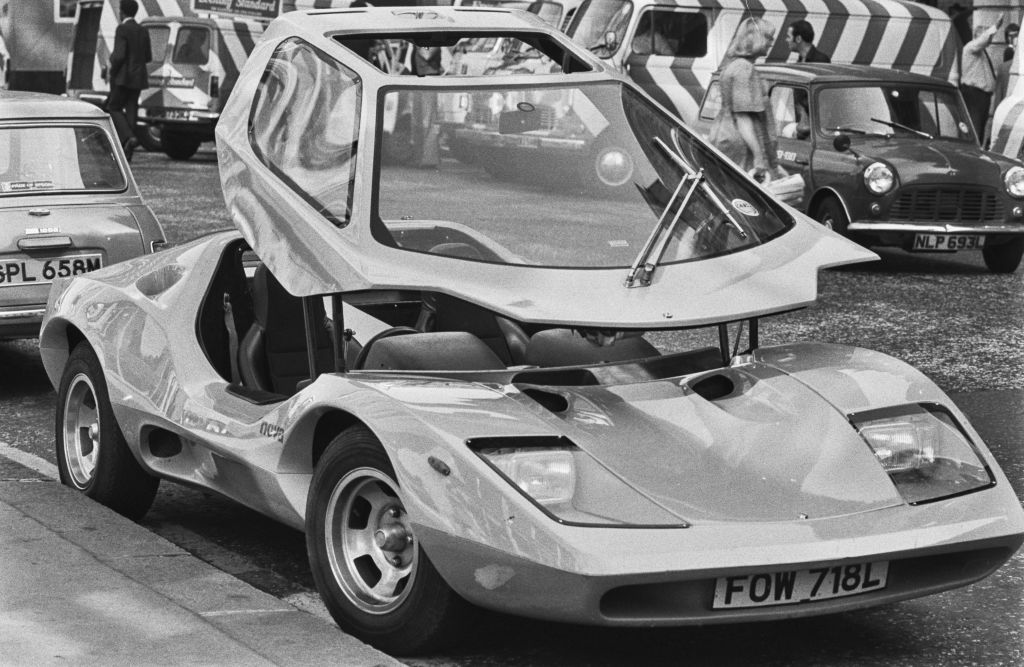
Kit cars of old would generally require you to buy a ‘donor’ car, usually something of Triumph or Ford origin if you were a Brit, and then once you’d refurbished and prettified all the running gear, you’d swap it into the chassis and bodywork of something much more glamorous and exciting. What’s not to love about that? The looks and kerb appeal of something from Maranello or Sant’Agata, but with the ability to nip into your local motor factors for a set of plugs and points for a Cortina come service time. It was the democratisation of exotica, and thousands of garagistas lapped them up, building some of the most fabulous (if somewhat flimsy) cars to have rolled through the ‘70s and ’80s. Besides, who cared if your ‘Countach’ sounded like it had a Pinto underneath? The second that your postbox-slot side window stopped working, everyone thought it was a real one, anyway.
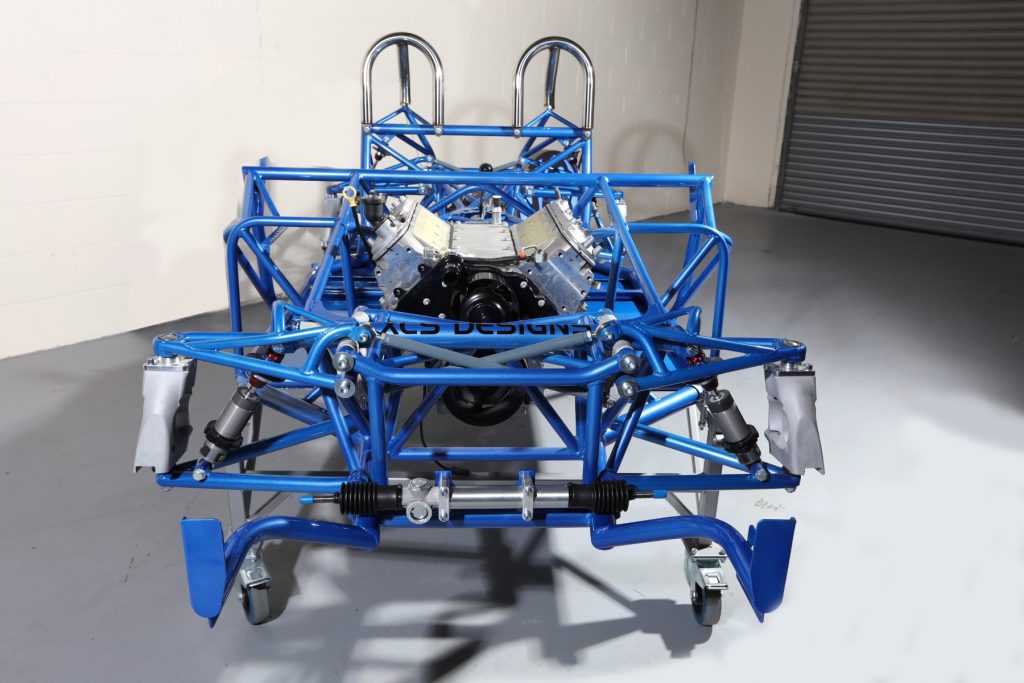
These days though, things are very different. The chassis safety and technology being utilised by many manufacturers is up there with the best legacy low-volume sports car makers—and in some cases, even better. Many offer kits that use entirely new parts, and items that would perhaps have been robbed off an old Jaguar XJ in days of yore are now custom-fabricated for their own precise purpose. It not only means that these cars are safer to drive than ever before, but they’re also much easier to assemble. I went to visit XCS Designs recently, an Essex-based manufacturer of Cobra- and Seven-style cars, and watched them build their entry level chassis in real time. Sure, these boys have had a little practise, but I observed them taking a bare chassis through to a full rolling equivalent, complete with brakes, suspension, wheels and even engine and box in just five hours! That still left plenty to do, but watching how easily these modern kit cars go together did make me think that it’s an awful lot easier than the average classic car restoration. It’s definitely a lot cleaner, too.
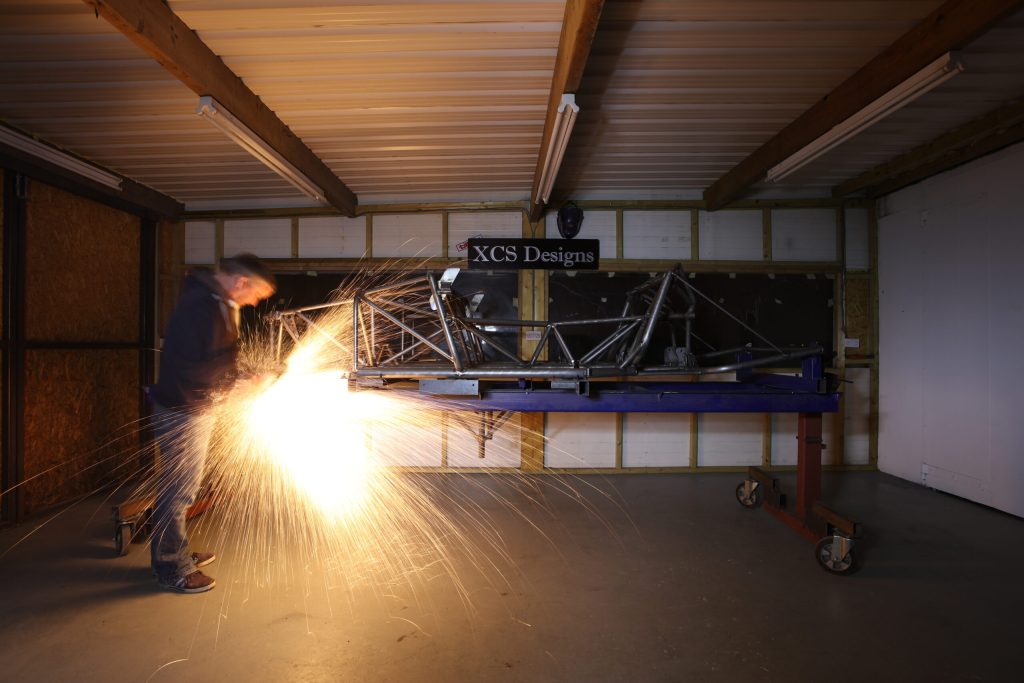
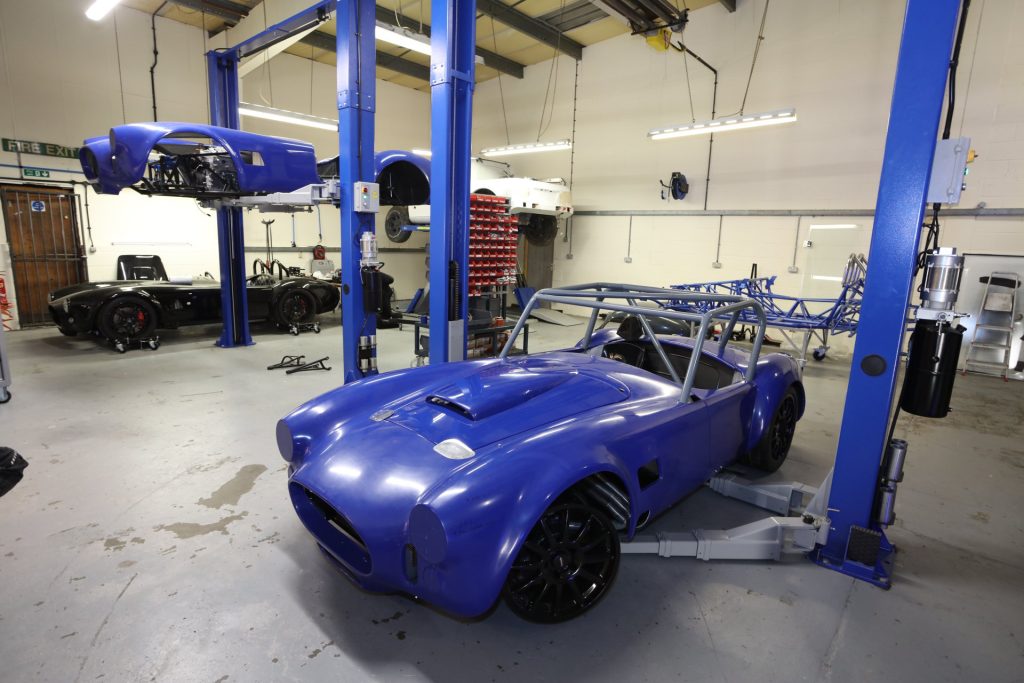
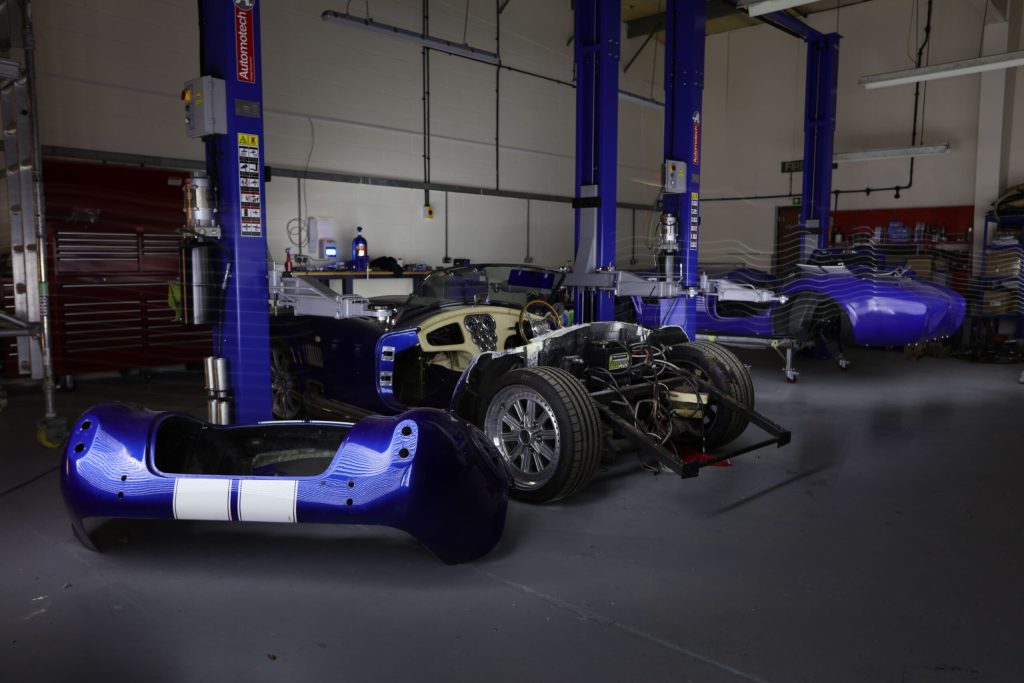
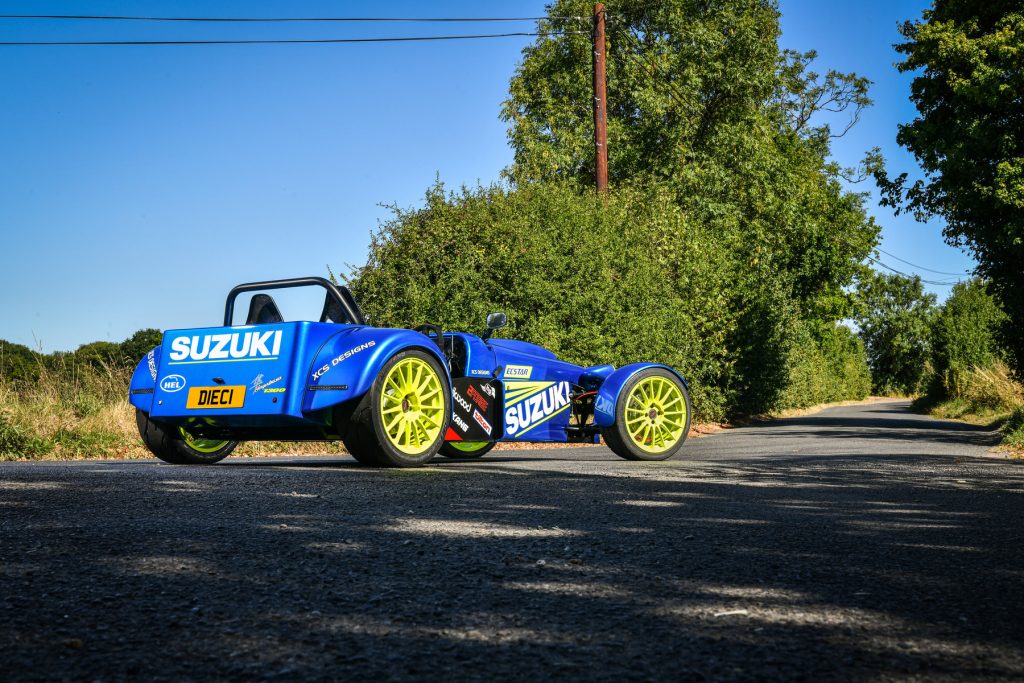
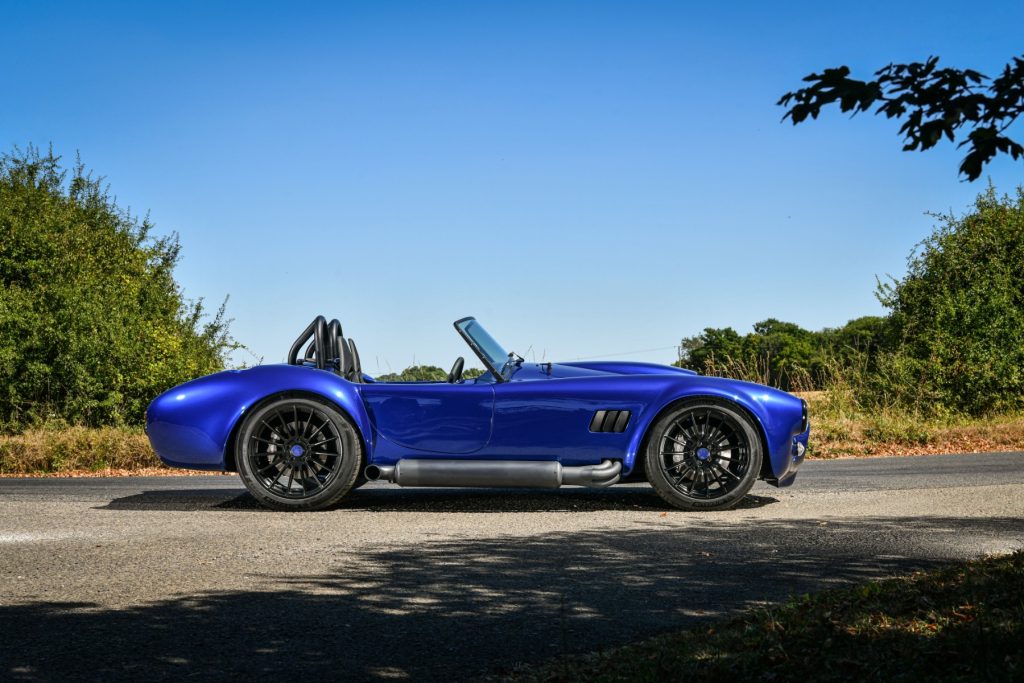
Once you’ve finished whatever it is you’re building, you’ll need to take it for an IVA test, which is basically a small, single vehicle type approval process. Assuming that you’ve built it as per the instructions, and haven’t fitted any pedestrian-impaling spikes anywhere you shouldn’t, you should soon be on your way, ticket in hand, and out there enjoying a car you’ve built all by yourself. Speaking as someone who has to sit down with a cup of tea in a moment of self-congratulation if I’ve even just washed one of my cars, I can imagine that feels very satisfying indeed.
Building a car in chunks may not be quite as convenient as paying for one in instalments. After all, you’re not going to be able to drive it until you’ve made the last payment, as it were, but as I enter my 50th year, the idea of bumbling around in my workshop, tunes blaring, methodically assembling a car to my very own wishes really starts to appeal. Besides, when I’m sitting there, as usual, by the roadside, waiting for the recovery services to take me home, I’ll only have myself to blame this time…









